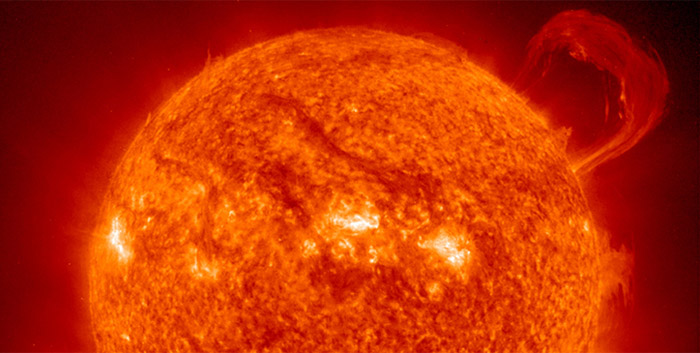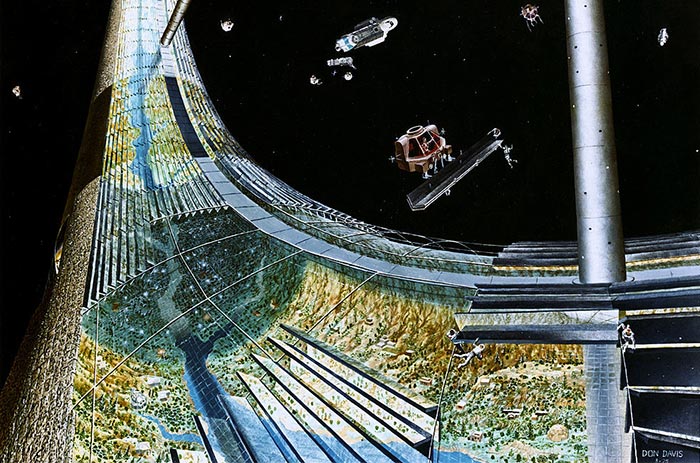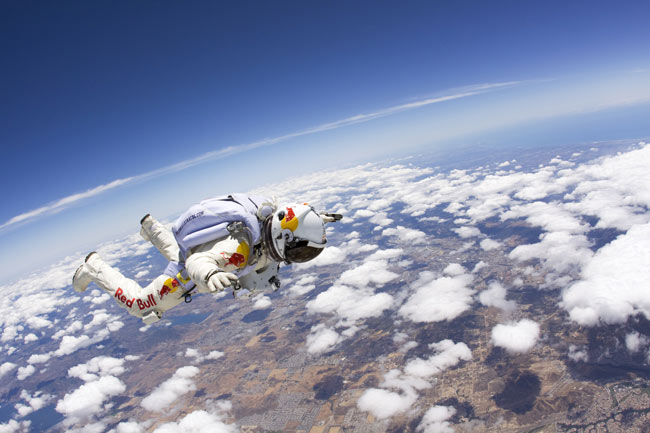2012 promises to be a pivotal year for human spaceflight. Virgin Galactic has announced that it plans to begin powered test flights of SpaceShip Two around the middle of the year. XCOR Aerospace plans to roll out its Lynx suborbital spaceship about the same time and begin low-speed test flights by the end of the year. Sierra Nevada plans to conduct unpowered drop tests of its Dreamchaser lifting body in 2012 as well. And, of course, there’s SpaceX, which plans to test fly its Dragon capsule to the International Space Station this year. Armadillo Aerospace and Blue Origin are continuing development of their human-capable reusable spacecraft as well.
The era of widespread citizen spaceflight is drawing near. The next few years will see a revolution in low-cost access to space, comparable to the revolution which occurred in the computer industry with the introduction of the microcomputer. The number of private citizens who travel into space in the near future will dwarf the 500 people (mostly government astronauts and cosmonauts) who have flown up to now. For this reason, it is important that the public (especially potential space travelers) understand the risks and safety aspects of these new spacecraft.
Unfortunately, some organizations that should be helping to educate the public haven’t done their homework. One “new space” advocacy group recently made the following statements about suborbital spacecraft on its website:
One of the most common questions we ge is “Will the flights be safe?” The answer is ABSOLUTELY. We will not fly in any vehicle that hasn’t been approve by the FAA and been test flown for thousands of hours. The first vehicles will be those designed for general use in the space touism industry and will not be anymore hazardous than commercial air travel today.
Unfortunately, the errors here go far beyond the obvious typos.
Suborbital vehicles will not be “test flown for thousands of hours.” Suborbital flights will be fairly short. Flight durations may vary from 15 minutes or less (for VTOL rockets) to about an hour for air-launched vehicles like SpaceShip Two. Assuming that 30 minutes is typical and “thousands of hours” means just 2000 hours, this claim would translate into 4000 test flights. That is a huge number , by any standard. By comparison, the Boeing 787 had flown about 1700 test flights as of August, 2011. The 787 was a $32 billion program, according to Boeing. Virgin Galactic expect to spend about $500 million developing SpaceShip Two, and other companies hope to spend considerably less.
The new reusable suborbital spacecraft will be tested more throughly than any previous launch system before entering commercial service. In all probability, that means many dozens of test flights. If the flight test program uncovers problems that need to be fixed, it could run to 100 or more. Developers won’t know the exact number until they begin the flight-test program and see the results. It certainly won’t be thousands – no developer could afford that.
Nor does any vehicle developer, operator, or regulator expect that suborbital spacecraft will be as safe as commercial air travel is today. Today’s commercial airliners benefit from over 100 years of learning, experimentation, and continuous improvement. It would be unrealistic to expect the first reusable commercial spacecraft, which have not benefitted from that level of experience, to achieve the same level of safety right out of the box.
The authors of those statements do not understand how space vehicles (including suborbital vehicles) are regulated by the FAA. The FAA does not certify (“approve”) space vehicles for passenger safety, as it does for commercial aircraft. Airplanes get FAA type certificates; space vehicles get launch licenses. This not merely a difference in nomenclature. The FAA issues type certificates based on empirical data, not only from the specific aircraft under test but also from decades of experience with similar aircraft types.
That large base of empirical knowledge from similar types does not yet exist for reusable space vehicles. Only a few examples have been built and flown. Prior to SpaceShip One, there was only the X-15 and the partially reusable Space Shuttle. By contrast, hundreds of aircraft types were built and flown before the FAA was able to issue the first aircraft type certificates. Commercial space vehicles will have to go through a similar process of evolution to achieve similar results. There are no shortcuts.
Spacecraft developers, the FAA, and the United States Congress have recognized that type certification is not a realistic goal for the commercial space industry at the present time. As a result, Congress has created a launch-licensing regime rather than a certification regime. Unlike type certification, which is designed to protect aircraft passengers and payloads, launch licenses are designed to protect third parties. The FAA will regulate suborbital spacecraft to ensure that their operation does not pose a significant risk to the uninvolved public.
Spaceflight participants are another matter. Human spaceflight is, in the words of the United States Congress, an “intrinsically dangerous activity.” Neither the spacecraft developers, operators, nor the FAA have the body of data necessary to fully assess all of the possible risks. For this reason, the FAA does not attempt to mandate (or have the authority to mandate) a specific level of safety for participants. Instead, the FAA requires that spaceflight participants accept the risks through “informed consent.”
The FAA’s informed-consent regulations require vehicle operators to fully disclose all known and potential health and safety risks to spaceflight participants prior to flight. The spaceflight participant must understand and willingly accept those risks. (This means that spaceflight participants must be competent adults. Minors are not deemed legally capable of giving informed consent. Nor is a parent or guardian allowed to give informed consent for a minor.)
This form of regulation is similar to that found in the equine industry. Horseback riding is one of the most dangerous recreational activities. While there are no accurate figures, public-health authorities estimate that about 200 Americans are killed by horses each year. The government does not attempt to regulate the design or breeding of horses to ensure rider safety, however. Instead, an equine operator is required to inform riders of the risks inherent in equine activities, and the rider accepts those risks when he or she chooses to participate in equine activities.
Of course, the risks involved in spaceflight are more complex than the risks involved in getting thrown off a horse. Informed consent for spaceflight will involved a substantial degree of education, not just reading a sign on the side of a barn. Accurate information and qualified instruction will be essential.
That’s why statements like these, by well-meaning but poorly-informed enthusiasts, are troublesome. In the past, regulators paid little attention to advocacy groups that functioned as cheerleaders for concepts which were perceived (correctly) to be far beyond the horizon. As citizen spaceflight starts to become a reality, that is changing. We aren’t talking about viewgraph starships and science-fictional concepts anymore. We’re talking about real people, who will soon begin training to fly on real vehicles. It will be harder for spaceflight operators to provide the education necessary for informed consent if there is a general atmosphere of misinformation about vehicle safety created by careless, uninformed statements.
There’s also a danger that such statements could create a legal or regulatory backlash against vehicle operators when an accident occurs. As suborbital vehicles begin flying into space hundreds, then thousands, of times a year, some accidents are inevitable. Accidents frequently bring lawsuits. If that occurs, trial lawyers are certain to notice statements such as these made by overeager and uninformed cheerleaders in the space advocacy community. They could be introduced as evidence in an attempt to show that spaceflight participants were misled about the risks and level of safety. Politicians could also latch onto the statements and call for more tighter regulations, which could throttle the embryonic spaceflight industry.
The time for cheerleaders has past. Space-advocacy groups have an obligation to ensure the technical accuracy of statements they make, especially in public. Careless, technically inaccurate statements such as these have the potential to do far more harm than good.





